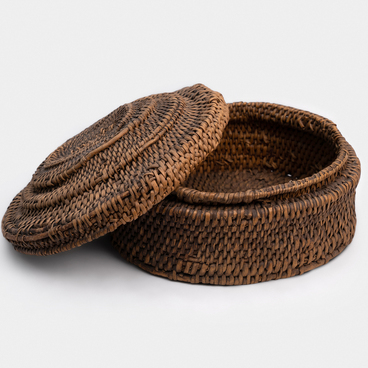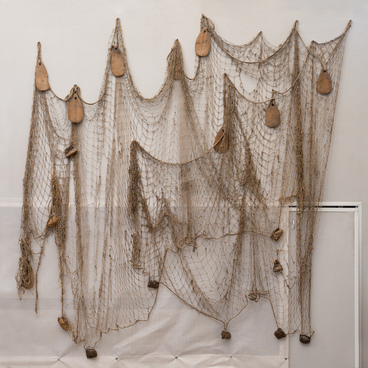The Sami people cared deeply for nature and lived in harmony with it. This unity with nature can be traced in all spheres of activity, and everyday life was no exception. Using the gifts of nature, the Sami provided themselves with everything they needed.
The Kola Sami used pine bark and roots. They stripped the bark from the tree with a special bone tool. Then, using another pointed bone tool, they scraped off its inner white layer (phloem) and dried it over the fire. After that it was pounded, mixed with a small portion of rye flour and eaten. This pine porridge was usually eaten with fish or meat soup.
The book “Life, customs and myths of the Kola Sami
in the past and present” by Nadezhda Pavlovna Bolshakova tells about the use of
pine gruel by the Sami,


